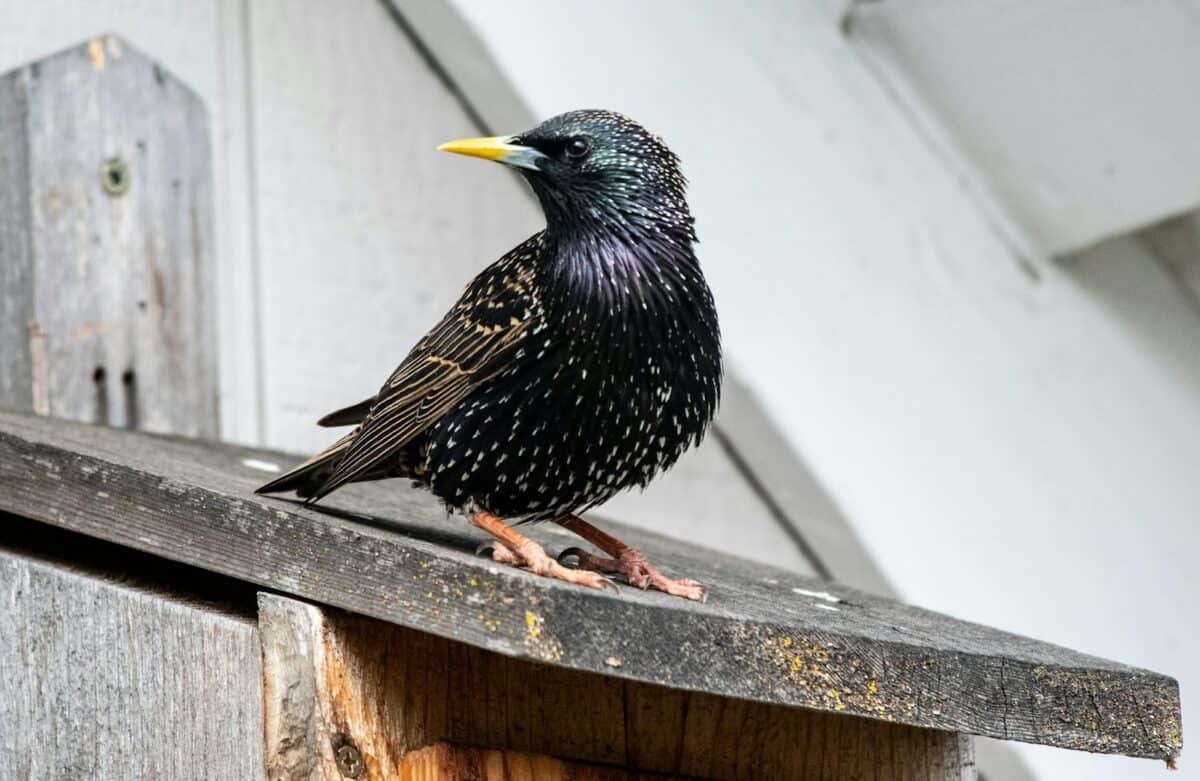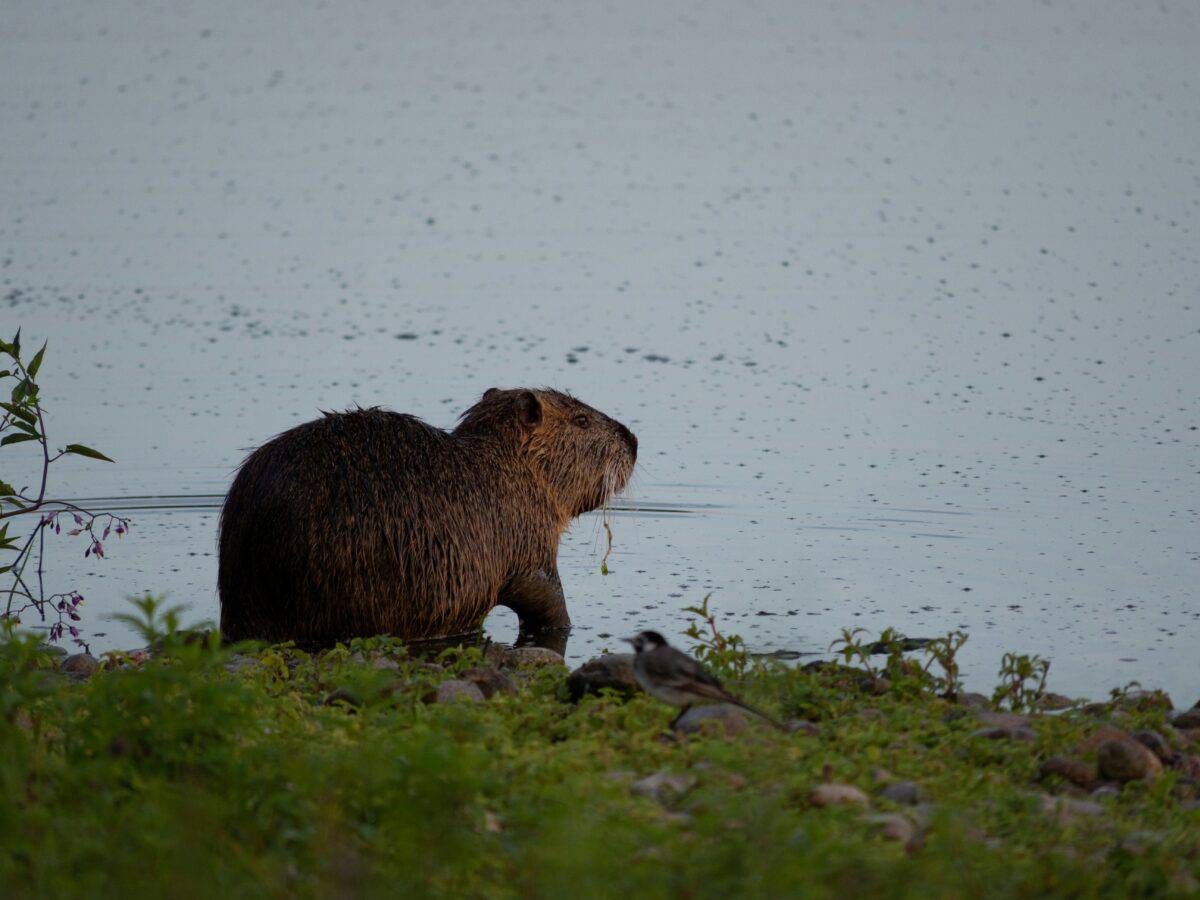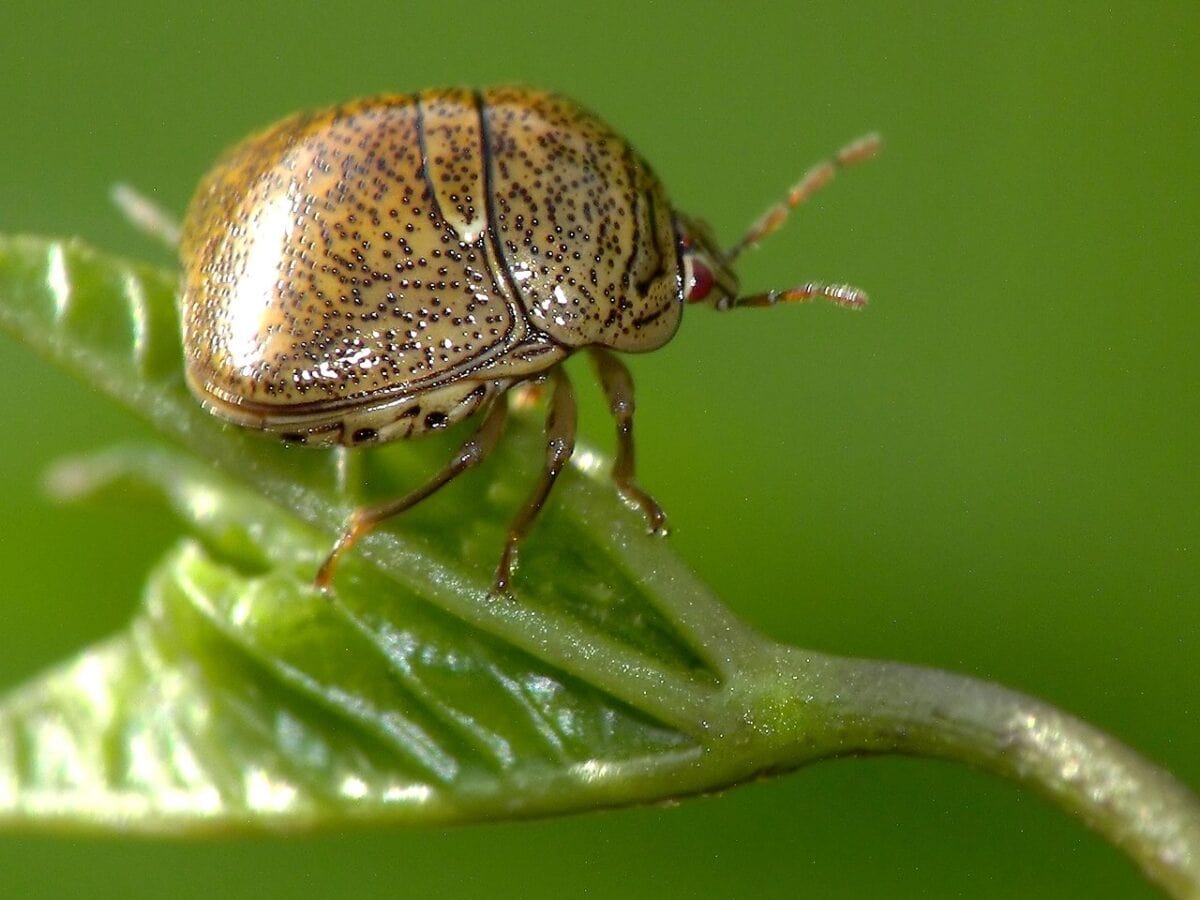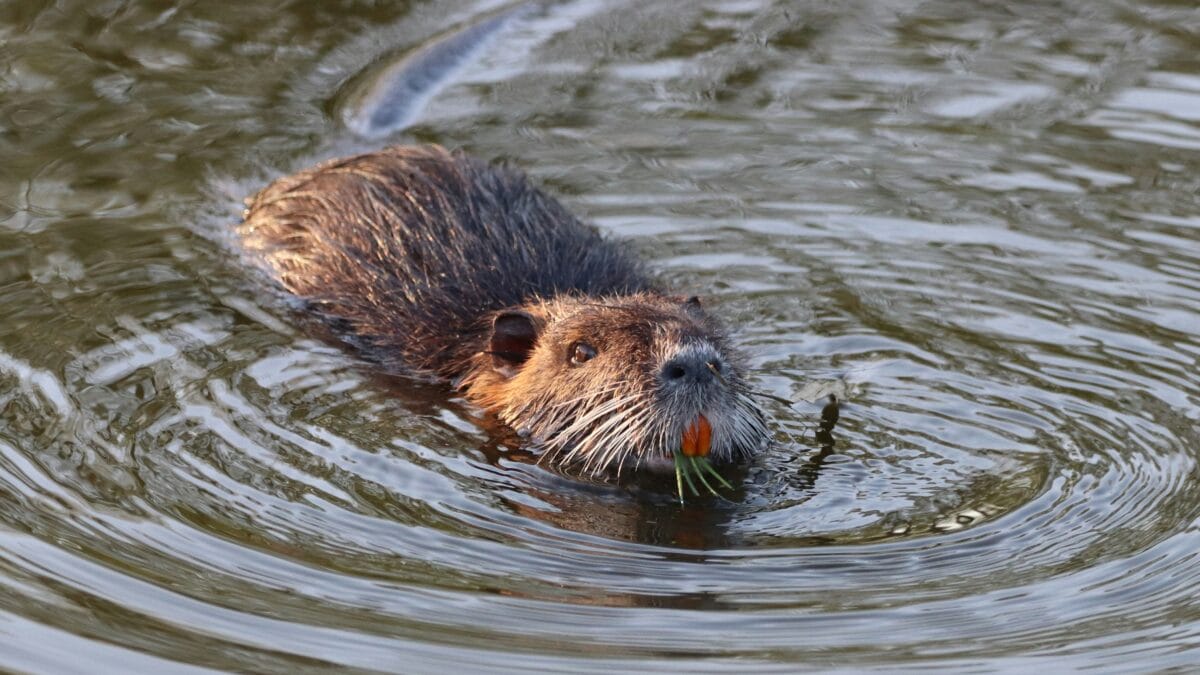The biodiversity of the United States is a vast intertwined network of indigenous flora and fauna. Yet this delicate balance is under constant threat from invasive species—organisms introduced into a habitat where they are not native. These intruders often outcompete, consume, or otherwise disrupt local species, posing a significant threat to ecosystems and economies alike. The United States is no stranger to this phenomenon, with various invasive species causing widespread environmental and economic damage. Here, we explore some of the most notorious invasive animal species wreaking havoc across the nation.
The Concept of Invasive Species

Invasive species are non-native organisms that proliferate aggressively, often at the expense of native species and their ecosystems. They can arrive accidentally through trade and travel or be introduced intentionally, sometimes for agricultural or ornamental purposes, without considering the consequences. Once established, these species are notoriously difficult to manage, leading to significant ecological disruptions and economic costs.
Asian Carp A Swimming Menace

Asian carp, introduced in the 1970s to control algae and weed growth in aquaculture operations, have since escaped into the Mississippi River Basin. Known for their voracious appetites and rapid reproduction, they outcompete native fish for food and habitat, severely impacting recreational and commercial fisheries. Their presence in the Great Lakes remains a constant concern for environmental agencies.
Burmese Python A Hidden Threat in Florida

The Burmese python, native to Southeast Asia, has found an unlikely home in the Florida Everglades. Released by pet owners or escaping from captivity, these snakes have thrived in the subtropical environment. They consume a wide range of prey, including mammals, birds, and reptiles, leading to dramatic declines in native wildlife populations.
European Starling An Avian Invader

Introduced in the late 1800s by Shakespeare enthusiasts wanting to bring every bird mentioned by the Bard to America, European starlings have spread across the continent. These aggressive birds outcompete native species for nesting sites and food, causing agricultural damage and displacing native songbirds.
Brown Marmorated Stink Bug A Stinky Pest

First identified in Pennsylvania in the mid-1990s, the brown marmorated stink bug is a formidable agricultural pest. While it releases a pungent odor when threatened, the real issue is its tendency to feast on fruit and crops, damaging and diminishing yields across the country.
Nutria A Destructive Rodent

Originally introduced for fur farming, nutria are large, semiaquatic rodents that have become a significant problem in the wetlands of the southern United States. Their feeding habits destroy native vegetation and destabilize soil, leading to erosion and loss of wetland habitats vital to several native species.
Red Imported Fire Ant A Fiery Foe

These aggressive insects, accidentally introduced via cargo shipments, have spread throughout the southern U.S. Known for their painful stings, fire ants can cause significant agricultural damage, disrupting ecosystems and posing risks to humans and livestock.
Feral Hogs A Multifaceted Problem

Feral hogs, descendants of escaped domestic pigs, pose a triple threat through their destructive rooting habits, predation on native species, and capacity to carry diseases transmittable to both humans and wildlife. Found in at least 35 states, their population continues to grow unchecked, leading to millions of dollars in damage annually.
Zebra Mussels A Clog on Waterways

Originating from European waterways, zebra mussels were first detected in the Great Lakes in the late 1980s. These small mollusks proliferate rapidly, clogging water intake pipes and competing with native species for nutrients, significantly altering aquatic ecosystems.
Kudzu Bugs The Unexpected Descendants

Kudzu bugs, related to the notorious kudzu vine, are small pests that have emerged in the Southeastern U.S. since the late 2000s. They feed on soybeans and other legumes, causing considerable agricultural harm. Additionally, they seek shelter in homes during cooler months, becoming unwelcome indoor nuisances.
Northern Snakehead A Fish Out of Water

Native to Asia and Africa, the northern snakehead is a predatory fish that was first discovered in Maryland in 2002. This top-level predator threatens local fish populations and aquatic ecosystems because of its adaptability and voracious eating habits. It can also survive out of water for several days, which has aided its spread.
Managing the Invasion

The battle against invasive species requires coordinated efforts between governments, scientists, and citizen volunteers. Prevention is paramount, aiming to curb introductions through stricter regulations and public education. Ongoing research is vital in developing effective management and eradication strategies to protect native ecosystems and reduce economic impacts. In the end, understanding and mitigating the impact of invasive species is a shared responsibility with global implications.
Conclusion

In conclusion, while each of these invasive species poses unique challenges, they collectively highlight the urgent need for informed action and international cooperation. Protecting the natural biodiversity of the United States and mitigating the economic costs associated with invasive species remain crucial endeavors for ecologists, policymakers, and citizens alike.
- 15 Animals and Wildlife that Start with M - August 9, 2025
- The Hottest Temperature Ever Recorded in the US Desert - August 9, 2025
- 14 Myths About Horses (Busted by Experts) - August 9, 2025

